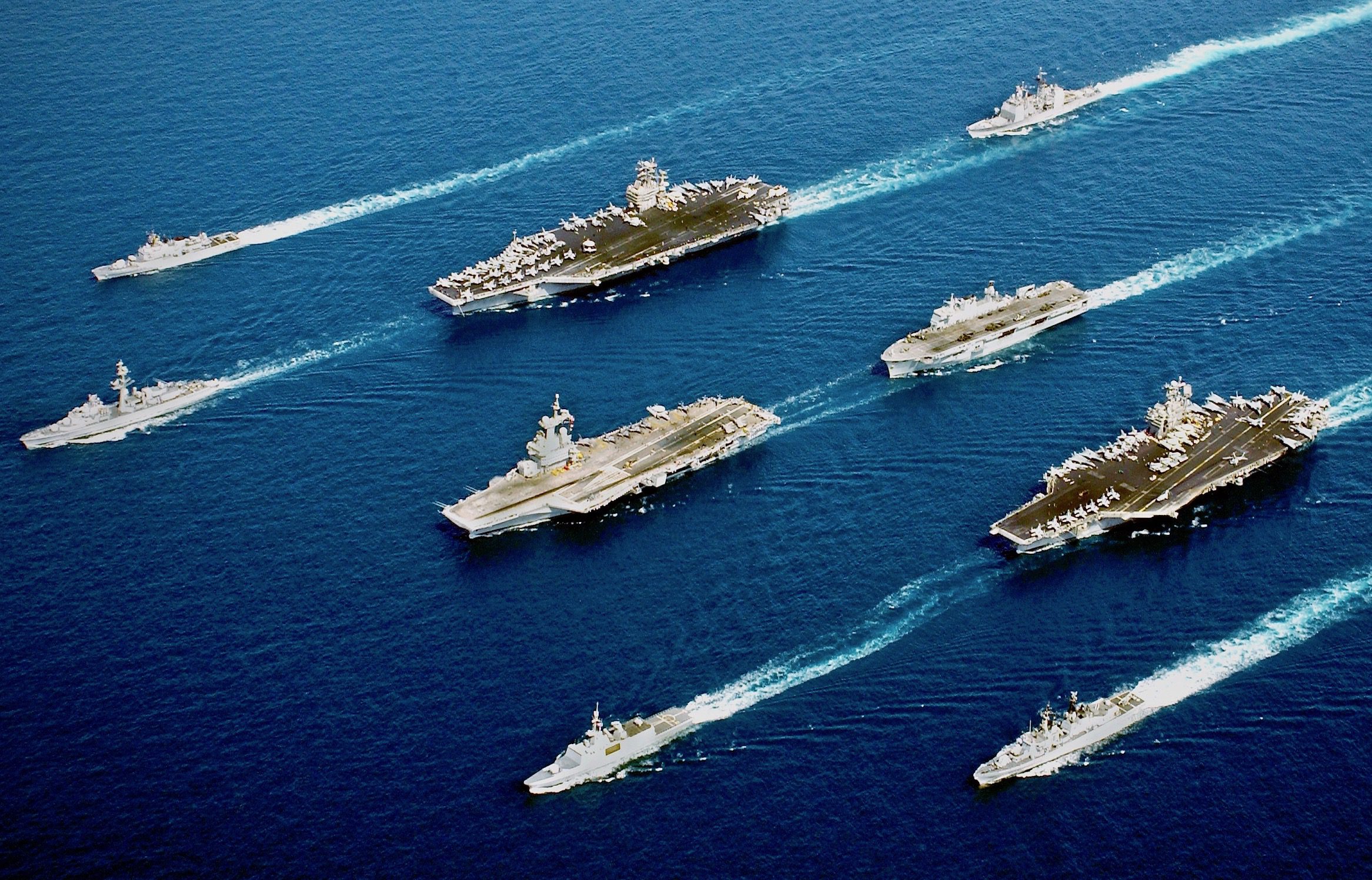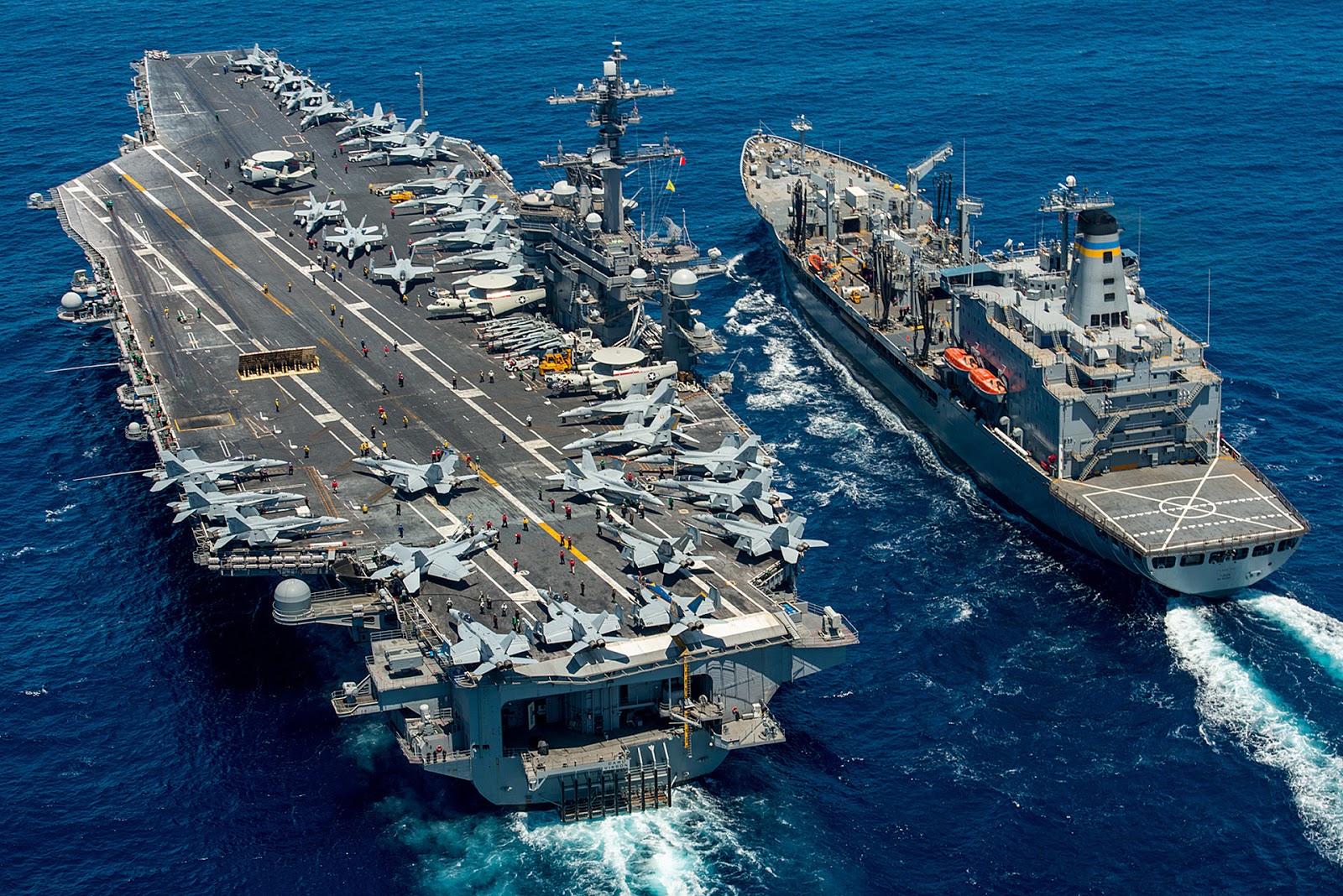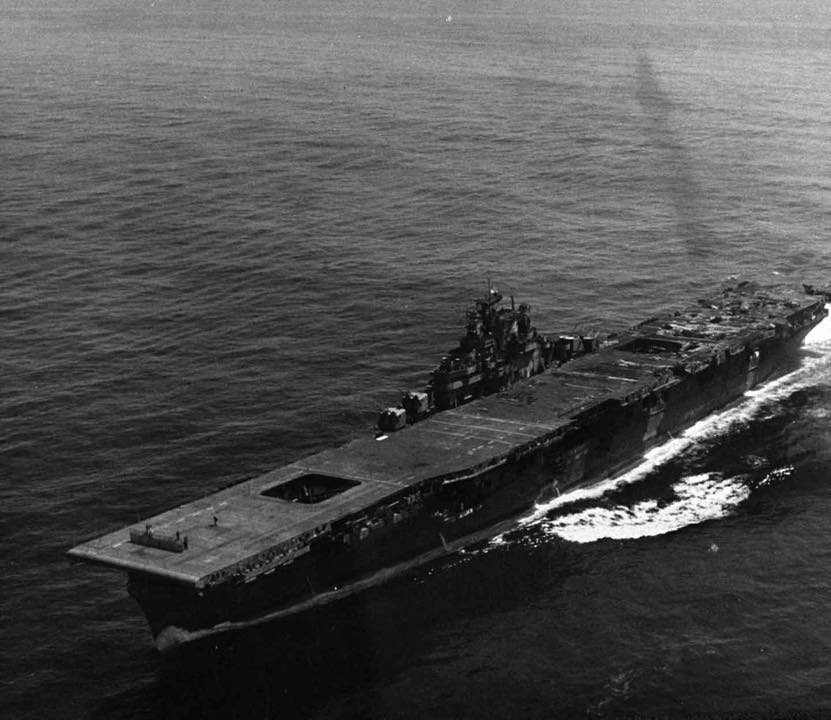Ranking aircraft carriers is a complex task, involving the evaluation of various factors such as ship design, aircraft capacity, weaponry, and operational history. Jane’s Fighting Ships and Combat Fleets of the World are valuable resources for gaining insights into this challenging undertaking. It’s essential to consider differentiating factors, such as the type of propulsion system and its impact on the carrier’s range and operational capabilities.
Alfred Thayer Mahan’s assertion that a warship without adequate bases or logistical support is like a “land bird” incapable of venturing far from its home base underscores the importance of logistical considerations in carrier operations.
Size is another critical aspect to consider. The size of the aircraft carrier directly affects the capacity of its air wing, including interceptors, attack planes, and support aircraft. Larger carriers typically have more extensive hangars and flight decks to accommodate a more significant number of aircraft. Moreover, the relationship between a carrier’s tonnage and the number of aircraft it can carry is not strictly linear, as demonstrated by comparing Liaoning and USS George Washington.
In addition to size, the capability of the carrier’s air wing plays a crucial role. Factors like catapult systems for launching aircraft and the carrier’s overall design impact the size, fuel capacity, range, and firepower of the air wing. Larger, more capable carriers can accommodate a more diverse and advanced mix of aircraft, making them formidable assets.
However, direct comparisons between carriers can be misleading. The true measure of a carrier’s worth lies in its ability to fulfill its designated missions effectively. For example, a nuclear-powered aircraft carrier like USS George Washington may not necessarily be superior to USS America, a helicopter carrier, or Japan Maritime Self-Defense Force’s “helicopter destroyers” concerning specific mission requirements. Carriers designed for operations within the range of shore-based fire support may not need to match the capabilities of a supercarrier like Washington on a one-to-one basis.
Ultimately, the effectiveness of an aircraft carrier is determined by its ability to perform its intended missions and the skill and dedication of its crew. The finest aircraft carriers excel in three key aspects: material capability, suitability for assigned missions, and the dedication of their crews.
Now, let’s take a closer look at the top five aircraft carriers of all time, considering these criteria:
1. USS Midway (CV-41): Midway earns a place on this list for its remarkable longevity and adaptability. It underwent extensive modifications during its service, from World War II through the Cold War. Its enduring service history makes it a notable inclusion.
2. USS Franklin (CV-13): The Essex-class carrier Franklin stands out for its resilience and the determination of its crew during battle. Despite sustaining heavy damage during the Leyte Gulf engagement in 1944, it returned to active duty in the Western Pacific theater, showcasing its remarkable fortitude.
3. Akagi: Akagi represents the audacity and vision of the Imperial Japanese Navy’s Pearl Harbor strike force. While it was ultimately lost at the Battle of Midway, the sheer boldness of the attack and the logistical challenges faced by the Japanese navy highlight its significance in carrier history.
4. HMS Hermes (now the Indian Navy’s Viraat): The Centaur-class carrier Hermes demonstrated exceptional flexibility and adaptability during the Falklands War of 1982. Despite its slated decommissioning, it successfully carried out strike and fleet air defense missions, showcasing its ability to perform in a variety of roles.
5. USS Enterprise (CV-6): USS Enterprise, a Yorktown-class carrier, earns the top spot as history’s greatest aircraft carrier. Its extensive combat record during World War II, including participation in major engagements like the Battle of Midway and the Battle of Guadalcanal, showcases its remarkable combat capabilities and legendary status in carrier history.




_0.jpg)











